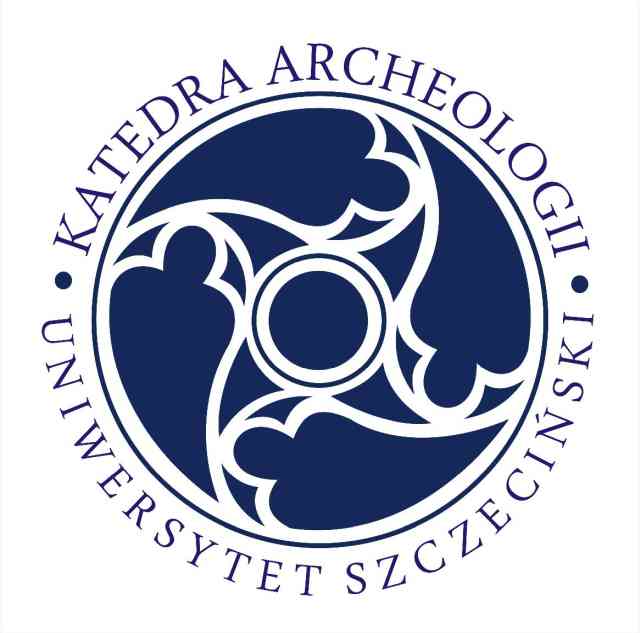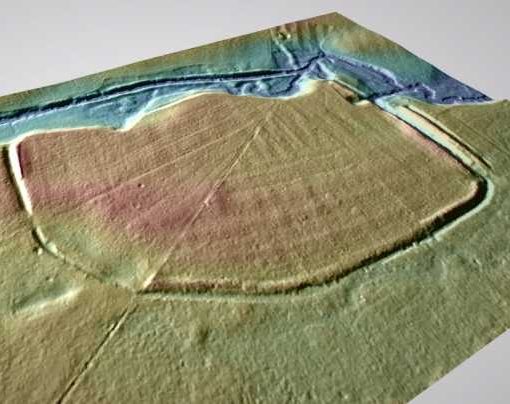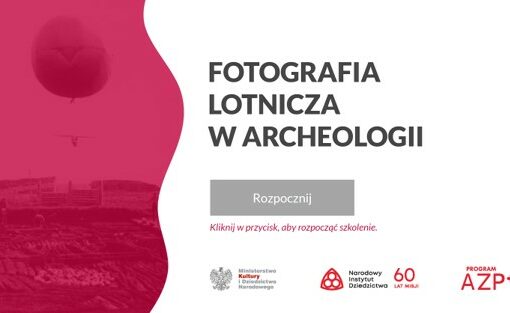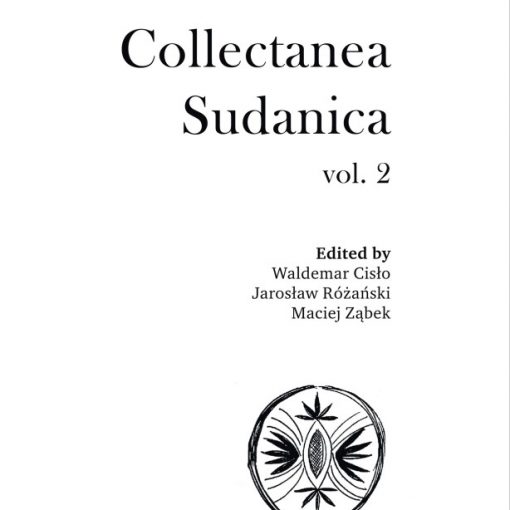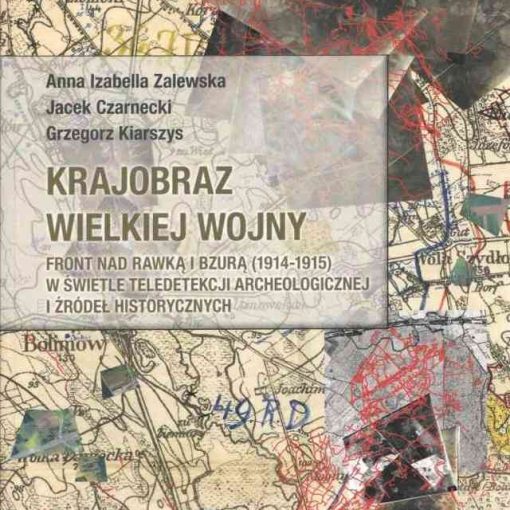Thi s chapter evaluates the Lower Oder Lowlands’ material finds and settlement pattern characteristics relating to the palaeoenvironmental factors in the Late Bronze and the Early Iron Ages (from the late 2nd millennium until the first half of the 1st millennium BC). The timeframe covers the development of classical traits of the so-called “West-Pomeranian”, “Usedom-Uecker” and subsequent Göritzer groups of the Maritime Urnfield culture. According to traditional periodisation, this period comprises the Bronze Age from the late period IV/early period V until the final period VI, which means the end of the 2nd and first half of the 1st millennium BC in calendar chronology. The Szczecin Lowland environment of the first half of the 1st millennium BC shows signs of human impact, manifested mainly by forest clearances. Existing societies seemed to continue the earlier “Late Bronze Age” strategies regarding subsistence economy and settlement patterns. Transformations of the burial practices are not as evident and rapid in the Szczecin Lowland as in East Pomerania or the southern part of the European Plain. Even in Bronze Age period VI, signs of the environmental crisis caused by the abrupt climate change in the first half of the 1st millennium BC do not seem to be visible in the Szczecin Lowland, according to available data.
s chapter evaluates the Lower Oder Lowlands’ material finds and settlement pattern characteristics relating to the palaeoenvironmental factors in the Late Bronze and the Early Iron Ages (from the late 2nd millennium until the first half of the 1st millennium BC). The timeframe covers the development of classical traits of the so-called “West-Pomeranian”, “Usedom-Uecker” and subsequent Göritzer groups of the Maritime Urnfield culture. According to traditional periodisation, this period comprises the Bronze Age from the late period IV/early period V until the final period VI, which means the end of the 2nd and first half of the 1st millennium BC in calendar chronology. The Szczecin Lowland environment of the first half of the 1st millennium BC shows signs of human impact, manifested mainly by forest clearances. Existing societies seemed to continue the earlier “Late Bronze Age” strategies regarding subsistence economy and settlement patterns. Transformations of the burial practices are not as evident and rapid in the Szczecin Lowland as in East Pomerania or the southern part of the European Plain. Even in Bronze Age period VI, signs of the environmental crisis caused by the abrupt climate change in the first half of the 1st millennium BC do not seem to be visible in the Szczecin Lowland, according to available data.
Rozdział jest zestawieniu danych osadniczych (AZP) i środowiskowych. W tekście omówiono transformację modelu funkcjonowania kultury w konsekwencji zmian środowiskowych. Stabilne warunki środowiskowe rzadko kiedy powodują potrzebę zmiany strategii kulturowych (gospodarowania, osadnictwa itd.), ale jeśli środowisko się zmienia i tradycyjne metody nie są już skuteczne, to taka zmiana odzwierciedli się w jakimś stopniu także w kwestiach zupełnie z przetrwaniem nie związanych – np. w mitologii, a w związku z tym także w rytuale. W kontekście powyższego założenia autorka zweryfikowała, czy w danych środowiskowych widać „wahnięcie subatlantyckie” i czy czytelna jest jakakolwiek radykalna zmiana w odpowiadającym mu okresie w materiałach archeologicznych.
Link do strony wydawnictwa: https://www.verlag-ludwig.de/gesamtprogramm/beyond-urnfields-new-perspectives-on-late-bronze-age-early-iron-age-funerary-practices-in-northwest-europe.html
